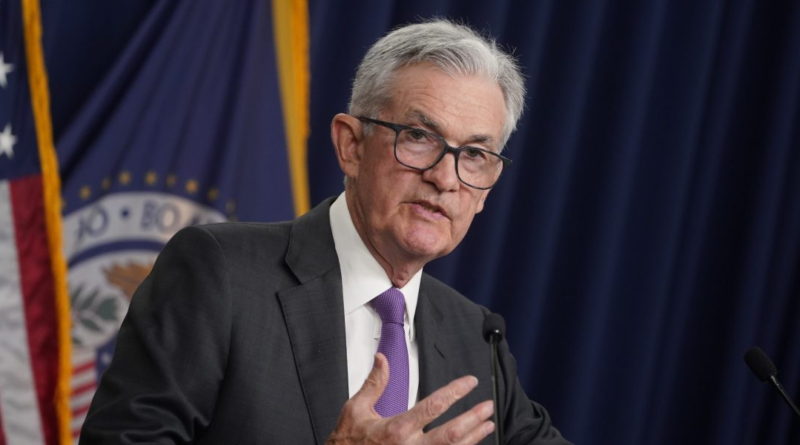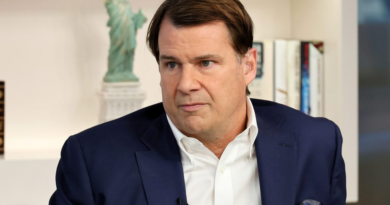Cancel the recession, Fed staff says. Whether the central bank’s governors agree is another matter.
After a brief pause in their aggressive inflation-fighting campaign, Federal Reserve officials raised interest rates for the 11th time in nearly 17 months on Wednesday. The 25 basis point hike pushed the Federal funds rate to a 22-year high between 5.25% and 5.5%.
The move was widely anticipated on Wall Street, as was the central bank’s follow-up policy statement that left the door open to another rate increase this year. But what wasn’t as expected was the new, more optimistic, forecast from the Fed’s staff.
At the Federal Open Market Committee’s (FOMC) March meeting, the Fed’s team of research economists predicted a “mild recession” would hit the U.S. economy this year, but Chair Powell revealed Wednesday that his staff members have changed their minds.
“The staff now has a noticeable slowdown in growth starting later this year in the forecast. But given the resilience of the economy recently, they are no longer forecasting a recession,” he said.
Powell noted that his staff’s forecast is independent from that of FOMC board members, who vote on interest rate decisions, and shouldn’t be viewed as paramount to their outlook. But he added that he, too, believes there is now at least a “pathway” to a soft landing—where inflation fades without the need for a job-killing recession.
“My base case is that we will be able to achieve inflation moving back to our target without the kind of really significant downturn that results in high levels of job losses that we’ve seen in some past—many past—instances,” he said.
After telling reporters in April that the path back to his 2% inflation target could be “bumpy,” Chair Powell noted Wednesday that his interest rate hikes have had their desired effect without causing too much pain for the economy in the months since.
From sticky (inflation) to soft (landing)
Despite consistent warnings from economists that consumer price increases tend to get “sticky” at 4% to 5%, year-over-year inflation dropped to just 3% in June, well below the 9.1% four-decade high seen last summer. On top of that, U.S. GDP growth has continued, the unemployment rate remains near pre-pandemic lows, and consumer spending has been resilient even amid consistent economy-slowing interest rate hikes.
“We’ve seen, so far, the beginnings of disinflation, without any costs to the labor market,” Powell said.
The Fed Chair also noted that the recent drop in inflation, combined with a healthy, but slowing economy, has some Federal Reserve Board Members forecasting interest rate cuts by next year.
“The Federal funds rate is at a restrictive level now, so if we see inflation coming down, credibly, sustainably, then we don’t need to be at a restrictive level anymore. We can move back to a neutral level and then below a neutral level at a certain point,” he told reporters, adding that “You’d stop raising [rates] long before you got to 2% inflation and you’d start cutting before you got to 2% inflation, too.”
While Chair Powell dished out a number of dovish comments Wednesday, he also reiterated his commitment to fighting inflation and being “data dependent” when making further interest rate decisions throughout the year.
“I would say it’s certainly possible that we will raise the [fed] funds rate again at the September meeting if the data warranted. And I would also say it’s possible that we would choose to hold steady and we’re going to be making careful assessments, as I said, meeting by meeting,” he explained.
The mixed signals left experts with varying opinions about the takeaway from the latest FOMC meeting.
John Leer, chief economist at the decision intelligence company Morning Consult, told Fortune that Powell’s press conference featured “relatively hawkish rhetoric” that confirmed “tighter for longer is still the Fed’s default position.”
But Brad Conger, Deputy CIO of Hirtle Callaghan & Co., which manages over $18 billion, argued that there was a “decidedly dovish tone” to the Fed chair’s comments.
“Powell’s overall bias is to see softening signs (quits, labor supply, vacancy/unemployment ratio) while turning a blind eye to inflationary impulses (financial conditions),” he said.


